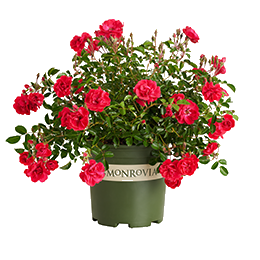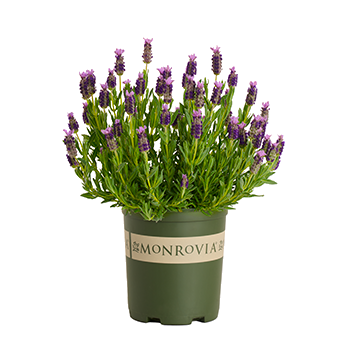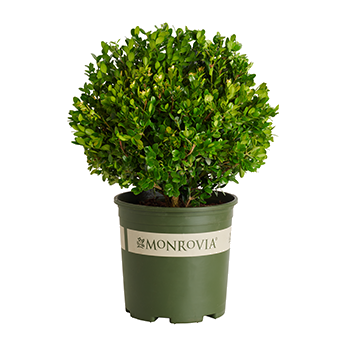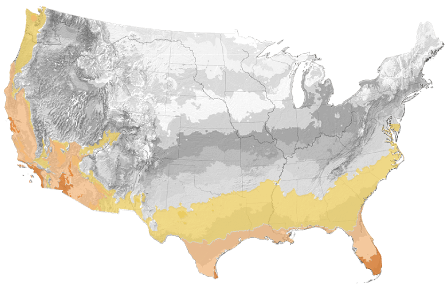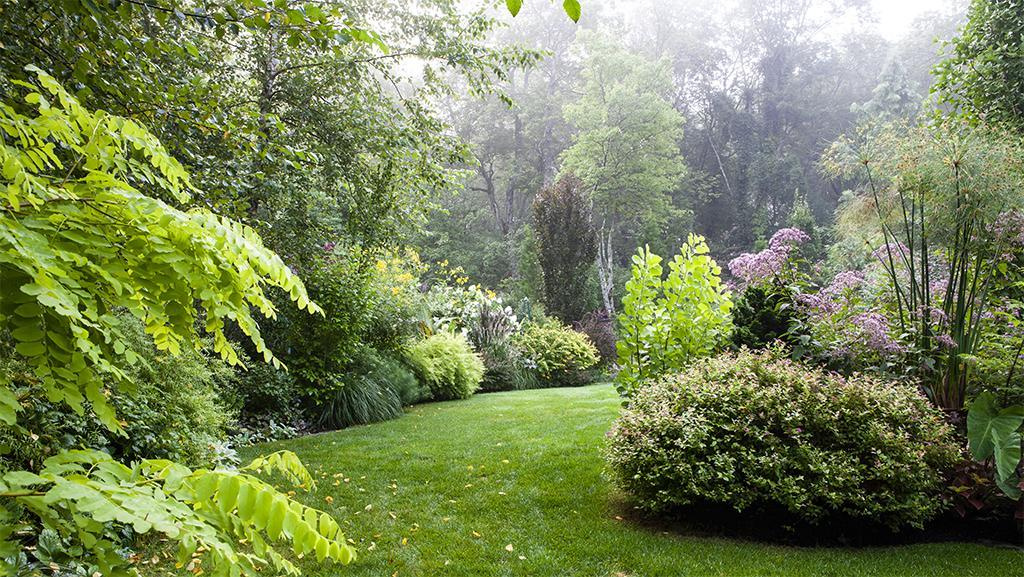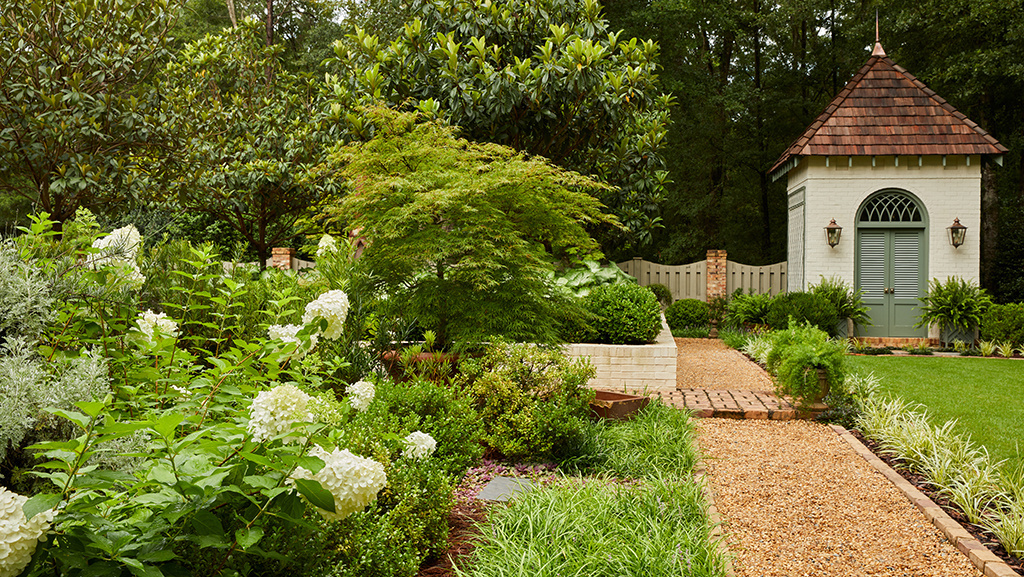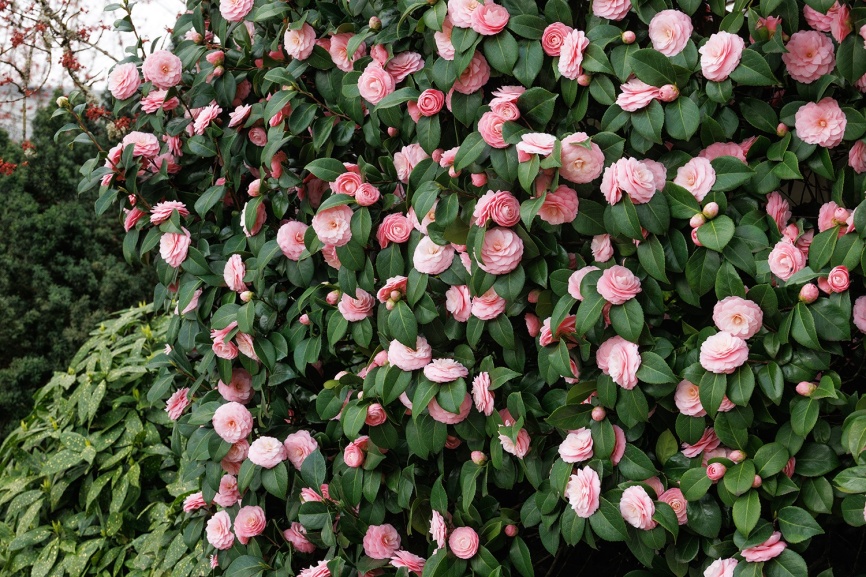You're growing in this Zip Code:
Change LocationDiscover Plants for Your Area
Sweet Osmanthus
Osmanthus fragrans
Retailers Near You
| Description | A large evergreen shrub or small tree with a broad upright form that is densely branched and covered with finely toothed, dark green foliage. Tiny flower clusters have a delightful apricot-like fragrance. Works well for formal or informal hedges and screens, or as a landscape specimen. Plant near walks and entrances to enjoy the fragrance. |
|---|---|
| Bloom Time | Spring |
| Deciduous/Evergreen | Evergreen |
| Special Features | Easy Care, Attracts Pollinators |
| Growth Rate | Slow |
| Growth Habit | Upright |
| Flower Attributes | Fragrant, Showy Flowers |
| Landscape Use | Border, Hedge, Privacy Screen |
| Design Ideas | This is a favorite old-fashioned shrub or small tree grown for its sweetly fragrant flowers. Treat it as a background for the perennial border or group with more spectacular deciduous flowering shrubs. May work well as foundation planting and along fencelines where summers aren't too hot. Consider it a requirement in a country or Victorian garden. Makes a healthy, dense and wonderfully scented screen or privacy hedge. |
| Flower Color | White |
| Foliage Color | Dark Green |
| Companion Plants | Heavenly Bamboo (Nandina); Boxwood (Buxus); Daylily (Hemerocallis); Abelia (Abelia); Loropetalum (Loropetalum) |
| Care Instructions | Provide enriched, moist, well-drained soil. Shelter from intense afternoon sun in hot summer regions. Water deeply, regularly during the first few growing seasons to establish an extensive root system. Fertilize before new growth begins in early spring. Prune annually for a neat appearance and to maintain desired size and shape. |
| Description | A large evergreen shrub or small tree with a broad upright form that is densely branched and covered with finely toothed, dark green foliage. Tiny flower clusters have a delightful apricot-like fragrance. Works well for formal or informal hedges and screens, or as a landscape specimen. Plant near walks and entrances to enjoy the fragrance. |
|---|---|
| Bloom Time | Spring |
| Deciduous/Evergreen | Evergreen |
| Special Features | Easy Care, Attracts Pollinators |
| Growth Rate | Slow |
| Growth Habit | Upright |
| Flower Attributes | Fragrant, Showy Flowers |
| Landscape Use | Border, Hedge, Privacy Screen |
|---|---|
| Design Ideas | This is a favorite old-fashioned shrub or small tree grown for its sweetly fragrant flowers. Treat it as a background for the perennial border or group with more spectacular deciduous flowering shrubs. May work well as foundation planting and along fencelines where summers aren't too hot. Consider it a requirement in a country or Victorian garden. Makes a healthy, dense and wonderfully scented screen or privacy hedge. |
| Flower Color | White |
| Foliage Color | Dark Green |
| Companion Plants | Heavenly Bamboo (Nandina); Boxwood (Buxus); Daylily (Hemerocallis); Abelia (Abelia); Loropetalum (Loropetalum) |
| Care Instructions | Provide enriched, moist, well-drained soil. Shelter from intense afternoon sun in hot summer regions. Water deeply, regularly during the first few growing seasons to establish an extensive root system. Fertilize before new growth begins in early spring. Prune annually for a neat appearance and to maintain desired size and shape. |
|---|
Retailers Near You
About Us
We have been pioneers and craftsmen in the art of growing plants for nearly
100 years. Since our founding in Southern California by Harry E. Rosedale, Sr.
in 1926, we have been absolutely dedicated and obsessed with quality.
We have been pioneers and craftsmen in the art of growing plants for nearly 100 years. Since our founding in Southern California by Harry E. Rosedale, Sr. in 1926, we have been absolutely dedicated and obsessed with quality.
